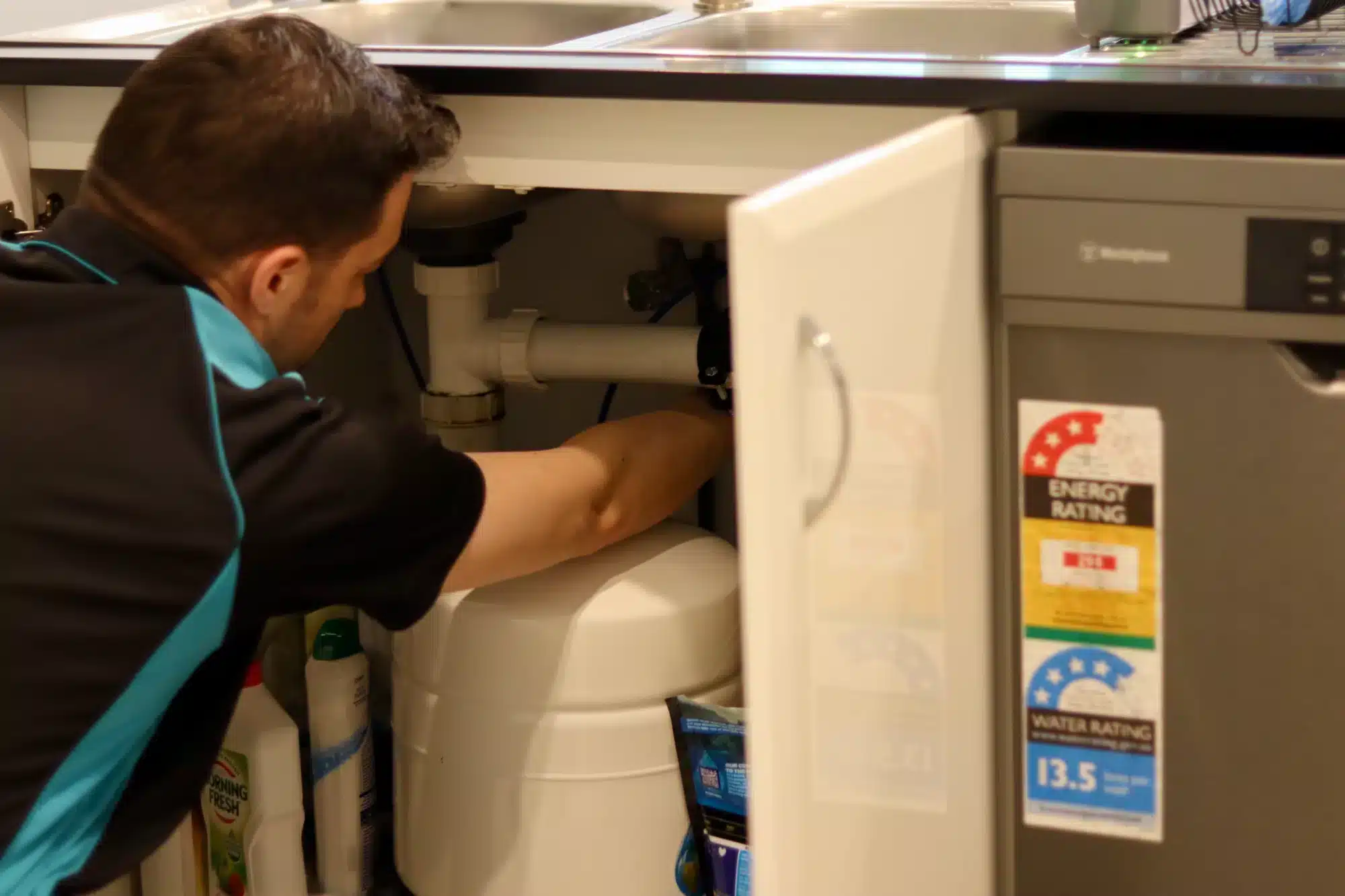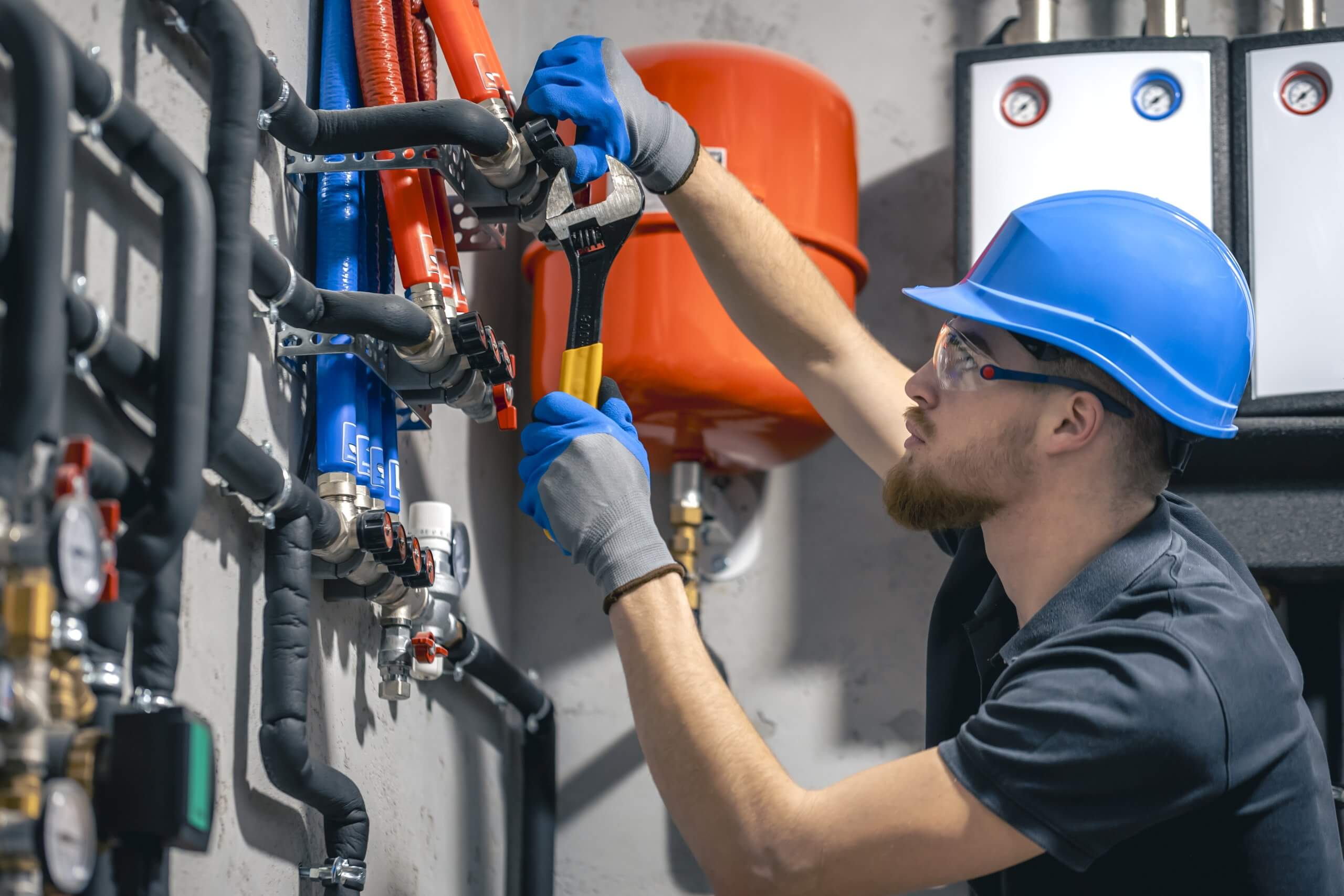Managing kitchen waste effectively is crucial for maintaining a healthy plumbing system, whether at home or in a busy commercial kitchen. One essential piece of equipment for this purpose is the grease trap—a simple yet highly effective device designed to capture fats, oils, and grease before they enter the wastewater system. Without grease interceptors and a grease trap, these substances can cause serious plumbing issues, environmental harm, and costly repairs. In this guide, we’ll take a closer look at how grease traps work, why they’re so important in Australia, and what you need to know about their maintenance, installation, and benefits.
What Is a Grease Trap and Why Is It Needed?
A grease trap is an essential device used in plumbing systems and drainage systems to capture and separate fats, oils, grease, and fats oils and grease from wastewater, taking into account the flow rate, before it enters the wastewater disposal system. These substances, commonly found in kitchens, are highly problematic for plumbing systems because they can cause blockages, pipe damage, and costly repairs. Grease traps serve as a safeguard, preventing these materials from clogging pipes, causing blockages, and leading to expensive maintenance. By intercepting and collecting grease before it enters the wastewater system, grease traps help maintain the efficiency and longevity of plumbing systems, contributing to a cleaner and safer environment.
The primary function of a grease trap in food preparation areas, especially near the kitchen sink, is to protect the wastewater treatment plant, as grease trap maintenance is crucial since grease can cause disruptions in the treatment process and lead to serious environmental consequences. By filtering out unwanted substances, grease traps reduce the likelihood of sewage overflows and keep the plumbing system running smoothly.
Where Are Grease Traps Commonly Used in Australia?
Grease traps and grease interceptors re commonly found in environments where food preparation and cooking take place, including commercial kitchens, restaurants, cafes, and other foodservice businesses. They are also required by law in many commercial settings to ensure compliance with environmental and health regulations, preventing any build up of grease in the plumbing system . In fact, Australia has strict regulations for the installation and maintenance of grease traps, particularly for businesses in the food industry.
For example, businesses that serve hot meals, such as cafes and restaurants, are legally obligated to install grease traps to reduce the risk of fats and oils being discharged into the sewer system, especially liquid waste . In some regions, there may be local council regulations that enforce the use of grease traps, which should be regularly grease trap pumped, in residential developments or industrial kitchens.
In addition to restaurants and cafes, grease traps and grease interceptors re also used in fast food outlets, hospitals, schools, and anywhere large quantities of cooking oil or liquid waste are used in food preparation. Regular inspections and cleanings of these grease traps, which are essential for collecting solid debris, are critical to maintaining their effectiveness and ensuring they meet local health and environmental standards.
The Basic Working Principle of a Grease Trap
A grease trap operates on a simple yet effective principle: separation by density, taking into account the flow rate . When the wastewater stream flows into the grease trap, it contains water, food particles, and grease, making effective fog management essential . The water, being denser than grease, sinks to the bottom of the trap, while the grease rises to the top. In between the two, the food particles often settle as well.
The process begins when wastewater and floor waste enter the grease trap through an inlet pipe. Inside the trap, the water slows down, allowing it to cool and separate. The grease, oils, and animal fats float on the surface, while the heavier solids sink to the bottom. The cleaner water exits through the outlet pipe, leaving the fats and oils to be removed or stored for later disposal.
This process works effectively to prevent grease from entering the sewer system and causing blockages or blocked drains, which can create issues for other plumbing issues. Over time, the collected grease and solids must be removed to maintain the grease trap’s efficiency.
Manual vs. Automatic Grease Traps
Grease traps come in two main types: manual and automatic, each with its own set of benefits and challenges related to handling food waste . Understanding the difference between these types is crucial when deciding which one to install in your home or business.
Manual Grease Traps: These are the most common type and typically require regular cleaning and maintenance. Manual grease traps work by collecting grease and solids in a storage compartment, which needs to be emptied regularly, especially when they reach full load . The collected grease is typically disposed of by a professional waste disposal service. This type of grease trap is ideal for businesses or homes with moderate to low kitchen usage.
Automatic Grease Traps: Automatic grease traps, on the other hand, are self-cleaning and require less manual intervention. They use pumps or filtration systems to remove grease from the trap continuously. These systems are ideal for larger kitchens or high-traffic areas where grease accumulates quickly. Although automatic grease traps are more expensive to install and maintain, they are highly efficient and help reduce the frequency of cleanouts.
The choice between manual and automatic systems often comes down to the size and usage level of the kitchen. Smaller kitchens or homes may benefit from the simplicity of manual grease traps, while larger kitchens in commercial environments, particularly in high flow applications, might need the efficiency of automatic grease removal units.
What Happens Inside the Grease Trap?
Inside the grease trap, the flow of water is controlled and slowed to facilitate the separation process. When wastewater enters, it travels into the first compartment, where larger solids such as food particles are filtered out. As the water flows into the next section, where traps need to be cleaned manually the separation process occurs: heavier substances like food solids and solids sink to the bottom, and lighter substances such as fats and oils float to the top.
A baffle or divider within the trap helps to ensure that the flow is slow and that the grease has time to rise to the surface. The cleaner water that remains at the middle exits through the outlet pipe to continue its journey through the plumbing system, often requiring a licensed plumber for proper maintenance .
The grease trap typically features a series of compartments designed to trap solids, oils, and fats effectively. Depending on the size and design of the trap, some systems, including grease interceptors, have flow control features and sufficient pre treatment devices that help to regulate the volume of wastewater entering the trap and maintain the integrity of sewer pipes at any given time.
Maintenance and Cleaning Requirements
Maintaining and cleaning a grease trap is essential to ensuring that it functions effectively. Over time, to ensure that the grease trap is functioning correctly, accumulated grease, oils, greasy waste, frozen food, and food particles will need to be removed to prevent the trap from overflowing and causing plumbing issues.
The frequency of cleaning will depend on the size of the trap and the volume of use. In a busy commercial kitchen, considering the volume of wastewater produced grease traps should be cleaned at least once every 1-3 months, while in residential settings, cleaning may only be necessary once or twice a year. Local regulations may also dictate the cleaning schedule for commercial establishments, as many grease traps require specific attention .
Regular cleaning helps to prevent the buildup of grease and maintain contaminant levels , which can lead to unpleasant odours, blockages, and potential health hazards. It’s important to have a professional waste disposal service remove the accumulated grease and dispose of it according to local laws, especially when dealing with frozen food waste, to ensure compliance with environmental regulations.
Legal and Environmental Considerations in Australia
In Australia, businesses are legally required to have a grease trap installed and maintain it to prevent the discharge of fats, oils, and grease into the wastewater system. Local councils and environmental agencies regulate these installations related to food making, including the grease trap system, to protect the environment and prevent damage to public sewer systems.
Failure to comply with these regulations can result in fines or penalties, as improper grease disposal can cause significant environmental damage, including blockages in sewer lines, overflow into public areas, and blocked drains, as well as contamination of waterways. In addition, many grease traps may result in businesses that fail to maintain their grease trap system properly and handle solid debris facing issues with health inspectors and could be forced to close or pay fines for non-compliance.
To avoid penalties, health inspectors typically ensure that it’s important to stay informed about local regulations regarding grease trap installation, maintenance, and cleaning schedules. Proper disposal of grease and waste products from the kitchen sink and other plumbing devices is essential for both legal compliance and environmental responsibility.
Benefits of a Properly Functioning Grease Trap
A properly functioning grease trap, including passive grease traps, offers a range of benefits for both homes and businesses:
Reduced Plumbing Issues: By preventing grease and solids from entering the plumbing system, types of grease traps, such as manual and automatic, help reduce the risk of blockages, which can cause costly plumbing repairs and disruptions.
Lower Maintenance Costs: Regularly cleaning and maintaining a grease trap ensures that it remains effective in filtering out grease, reducing the need for frequent repairs or costly plumbing interventions.
Regulatory Compliance: For businesses, maintaining a functional grease trap, alongside automatic grease removal units, helps ensure compliance with local environmental and health regulations, avoiding penalties and potential business closures.
Sustainability and Wastewater Treatment: Properly maintained grease traps help protect the environment by preventing the contamination of local water sources and reducing the strain on wastewater treatment systems.
Frequently Asked Questions (FAQs)
A grease trap works by separating grease, vegetable oils oils, and solids from wastewater before it enters the sewer system. The grease rises to the top, the solids sink to the bottom, and cleaner water flows out of the trap.
Wastewater enters the grease trap, where fats, oils, and solids are separated by density. The grease floats, the solids sink, and the clean water exits through the outlet.
The grease accumulates at the top of the grease trap, where it can be periodically removed and disposed of by a professional service.
Yes, grease traps are highly effective in preventing blockages and protecting plumbing systems from grease buildup.
The purpose of a grease trap, including passive grease traps, is to separate fats, oils, and grease from wastewater to prevent blockages and protect the wastewater system.
If you live in a home with a kitchen that produces a significant amount of grease, you may have a grease trap installed. You can check by inspecting the plumbing system or asking a professional plumber.
If your home or business produces grease and waste from food preparation, a grease trap is essential for preventing build up and maintaining a clean and functional plumbing system.
Conclusion
Grease traps are a crucial part of plumbing systems in Australian homes and businesses, especially in kitchens and foodservice establishments. By effectively separating grease and solids from wastewater volumes, grease traps help prevent blockages, reduce maintenance costs, and ensure compliance with local regulations. Regular maintenance and cleaning are essential to keeping your grease trap in optimal condition and ensuring a safe and environmentally friendly plumbing system. Whether you’re a homeowner or a business owner, investing in a grease trap is a wise decision for protecting your property and the environment.





